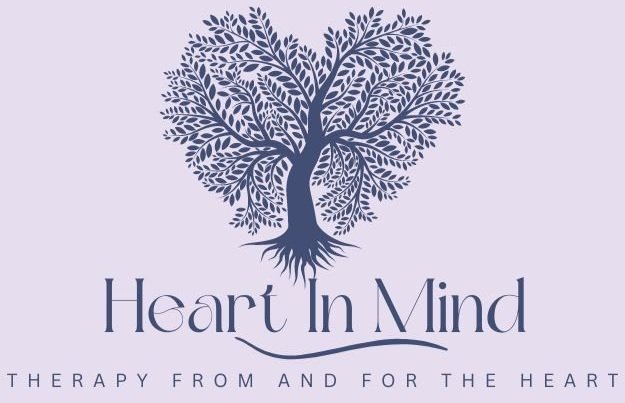Non-finite grief/Ambiguous grief: Intangible, living losses
When we think of “grief,” many of us may imagine the process we go through when someone dies; the process we go through when someone’s physical presence is no longer here. When we’re grieving such losses, we can often experience a whirlwind of emotions, physical sensations, thoughts, and behavioral shifts.
One major theory that speaks to some of the emotional, cognitive, and behavioral shifts that occur when we lose someone to death is Kubler-Ross’ theory of “The Stages of Grief.” In this theory, Kubler-Ross outlines 5 stages (which she specifies are not linear): Denial, Anger, Bargaining, Depression, and Acceptance. What I like to emphasize with my clients when discussing these stages is that it is normal and healthy to experience many different emotions, including in situations where someone has died.
When someone dies, there is not only the loss of life’s moments that we shared with the person, but also the loss of potential moments/experiences we might have envisioned sharing with this person in the future. We might worry that if we don’t actively think about this person, we might forget about them and on the other hand, perhaps it might be easier for us to eventually accept the loss of this person because we reconcile with the fact that their physical presence is gone.
What happens when the people/things we care about are still alive, but are not actually available in our lives? How do we reconcile with these losses when someone/something’s physical presence is technically still within reach?
Losses from things like: terminal illness, estrangement from our parents, infidelity, a break up from a romantic partner, a break-up from a friendship, losing a career path you were planning to take, a loss of the family/children you thought you’d have, etc…all of these losses can be incredibly difficult to navigate and recover from—and often, less readily recognized or validated.
These losses are referred to as “non-finite grief, living losses, or ambiguous grief.” Like with losses from someone’s death, all of these losses entail losing the life we imagined ourselves having. Unlike losses from someone’s death however, there is the added complexity from a part of us that often holds onto the possibility that we can still have the life we imagined with this person(s) and thing(s).
Among people navigating intergenerational and relational trauma, young adults, Asian Americans, and caregivers, this often shows up when we try to navigate the transitions in life. Beyond the loss of the life you imagined yourself having, there is the loss of identity that was attached to having this unrealized life.
Reconnecting to who you are, in spite of not having the life you hoped/imagine yourself having, is a crucial step in addressing non-finite grief/living losses/ambiguous grief.
Here are some ways to begin reconnecting with who you are, in spite of these living losses.
Offer yourself acknowledgement of the very real toll that these losses have had on you. It’s already enough of an additional loss that others are less readily able to recognize or validate non-finite grief. Thus, it’s even more important to remind the grieving part of you that you see it, that you know it’s real, and that you won’t abandon it or any other part of yourself.
Identify the unmet needs, wants, hopes, dreams from these living losses and cultivate healthy alternatives to meet those needs, wants, hopes, and dreams. For example, if you have experienced infidelity, perhaps an unmet need is security/reliability in an intimate partner relationship. Ask yourself what healthy things, people, outlets could help offer you a sense of security and reliability? What could help create it if it doesn’t already exist?
Offer yourself patience and self-compassion as you slowly attune back to yourself. Just like when we’ve lost someone to death, when we lose someone to unpredictability, betrayal, abandonment, estrangement, etc., our minds and bodies can wander in many different directions after an overwhelming experience. This can lead us farther and farther from ourselves; it can lead us farther from remembering what we knew and who we were…who we still are independent of the people/things that are no longer in our lives or never came to be in our lives.
Step outdoors/go outside. When we step outdoors/go outside, we offer ourselves a more practical way to be present with what is in our lives/who we are in this very moment. Nature is constantly changing which lends to greater ease in being present.
Move your body. You don’t have to do anything strenuous; small, slow movements are just as effective. Our bodies and minds are intricately connected. Moving our bodies helps us to reconnect with the present and when we’re present, we have easier access to our core self. When we’re connected to our core self, it can have a stabilizing effect for our minds.
I hope this was helpful,
Gina
Sources:
https://connect.springerpub.com/content/book/978-0-8261-7333-1/part/pt02/chapter/ch08
If you’re curious to learn more about my specialties and what it would be like to work with me, please check out the links below:


